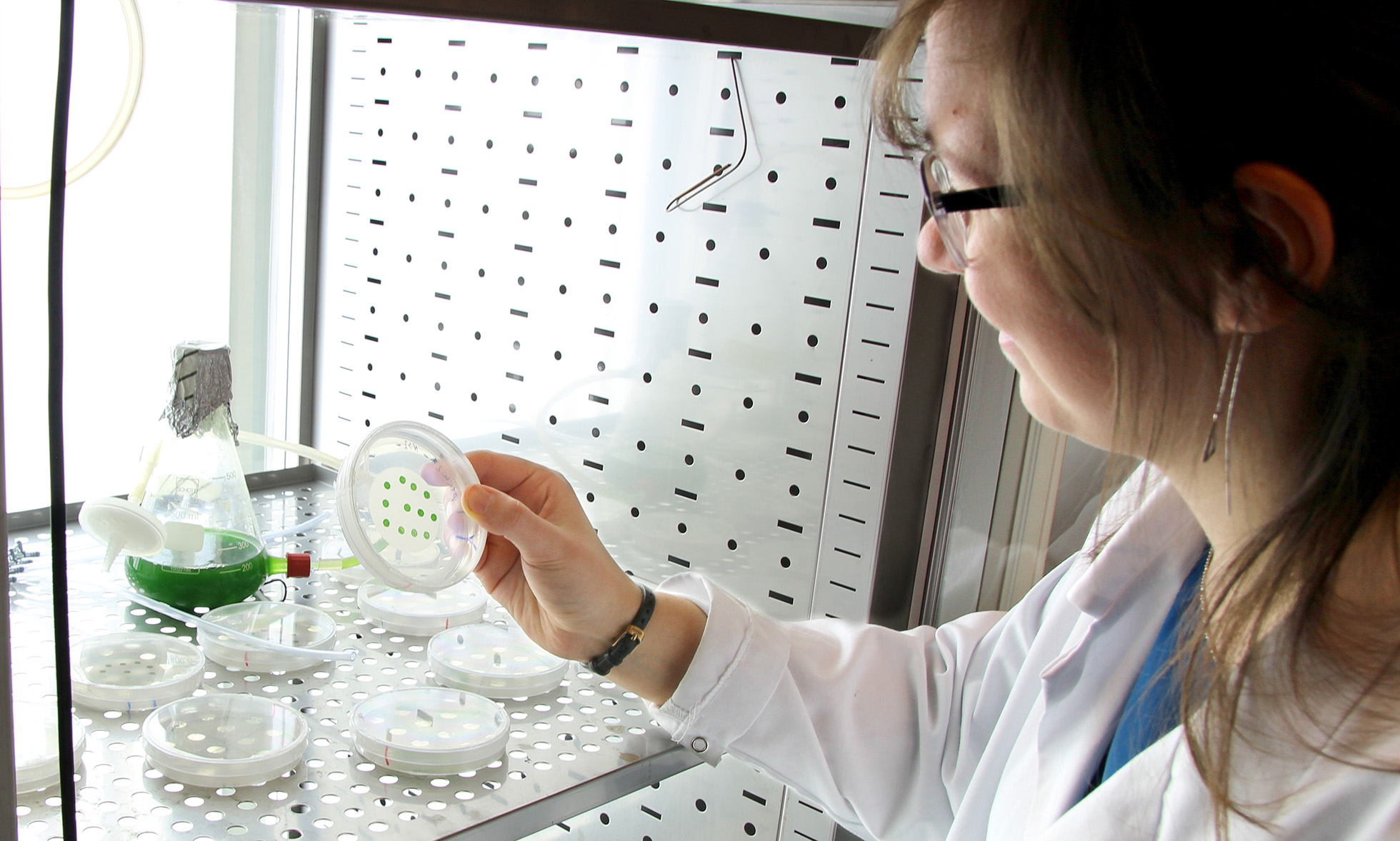
Cyanobacteria (commonly known as blue-green algae) obtain energy from photosynthesis: they use sunlight as energy source to convert CO2 and water to sugar and oxygen. Therefore, they contribute a significant part to global carbon fixation. Just like humans, cyanobacteria require iron to survive. While humans can simply eat e.g. spinach, cyanobacteria need to take up iron via other mechanisms. Iron is an abundant element on land so no problem there. However, iron form insoluble particles (rust) when in contact with oxygen and water. Therefore, in oceans, we can hardly find any soluble, easy-to-take-up iron but instead we find rust particles blown from the land into the sea.
The cyanobacteria living there need to deal with rust as their iron source. But everyone who tries to clean his or her bike chain from rust knows how persistent rust can be and that it does not dissolve without difficulty. Therefore, we think that certain cyanobacteria have developed a trick and our hypothesis is as follows: They produce electrons inside of the cell and conduct those via nanowires (hair-like structures on the outside of the cyanobacteria) to the rust particles thereby making the iron soluble again. Then they can take up the newly formed (now called bioavailable) iron.

There is compelling evidence that our hypothesis is true for non-photosynthetic bacteria. It will be my job to identify the building blocks of the nanowires and to see what happens to ‘my’ cyanobacteria (Synechococcus PCC7002) when I delete these building blocks using molecular techniques. If we understand how the electrons are generated and conducted, we could ultimately use cyanobacteria as an alternative renewable source for electricity. Additionally, since cyanobacteria use CO2, the findings of my project could help to reduce the amount of CO2 in our atmosphere and to fight global warming.
